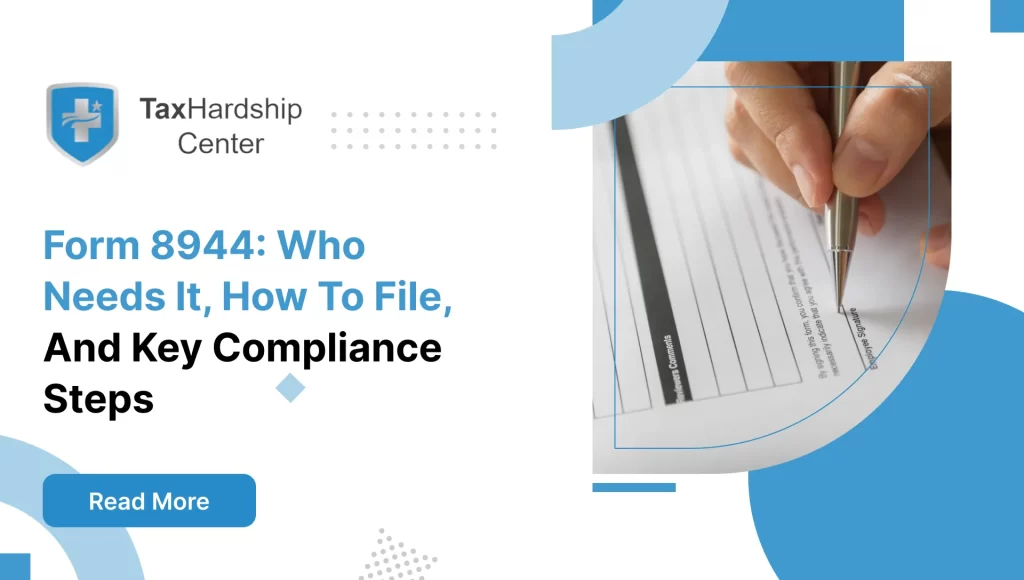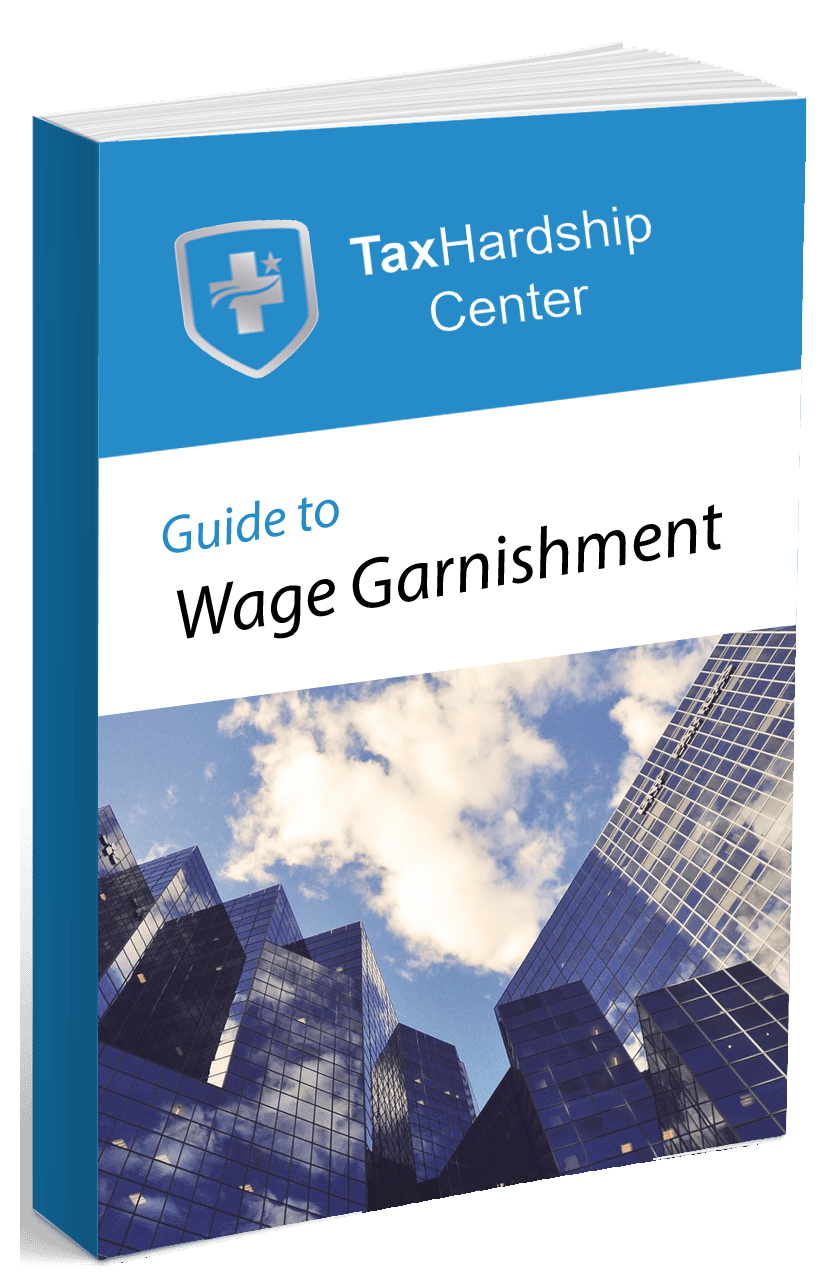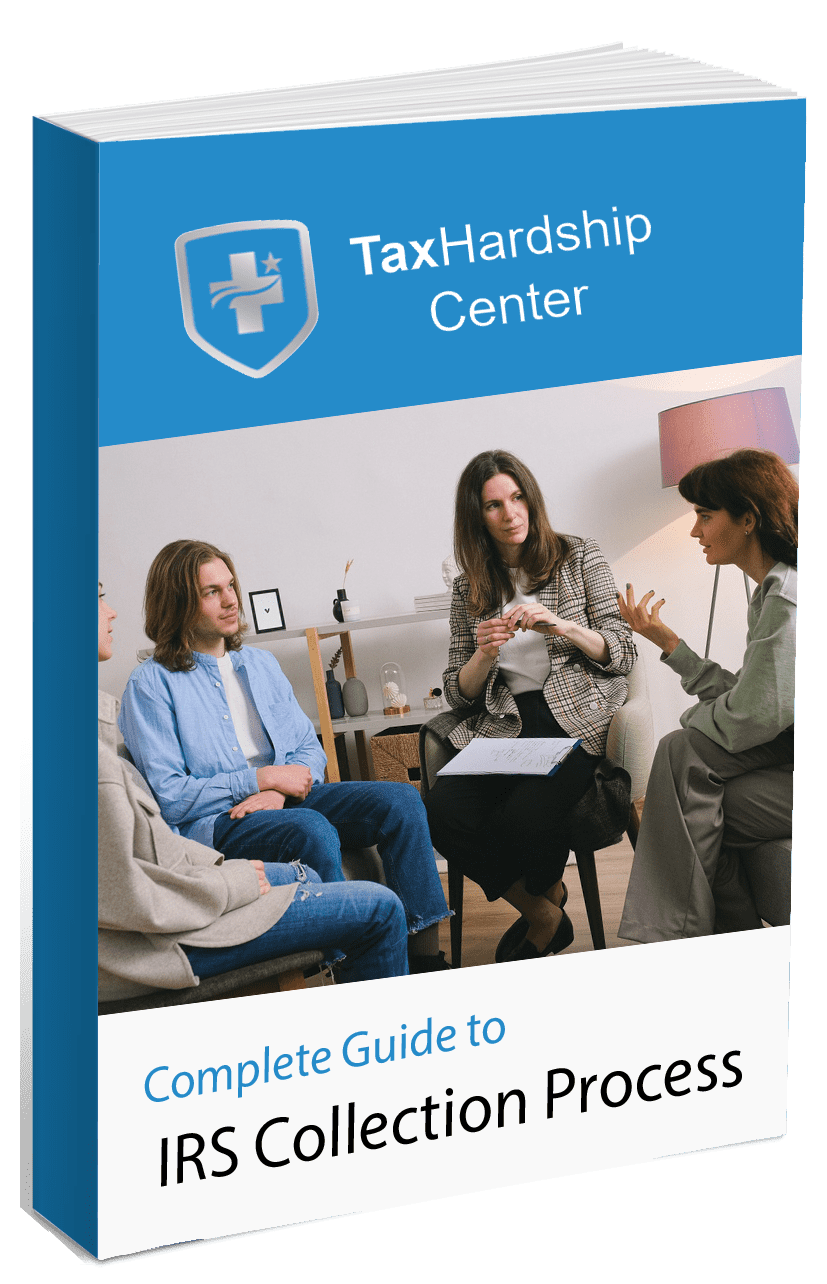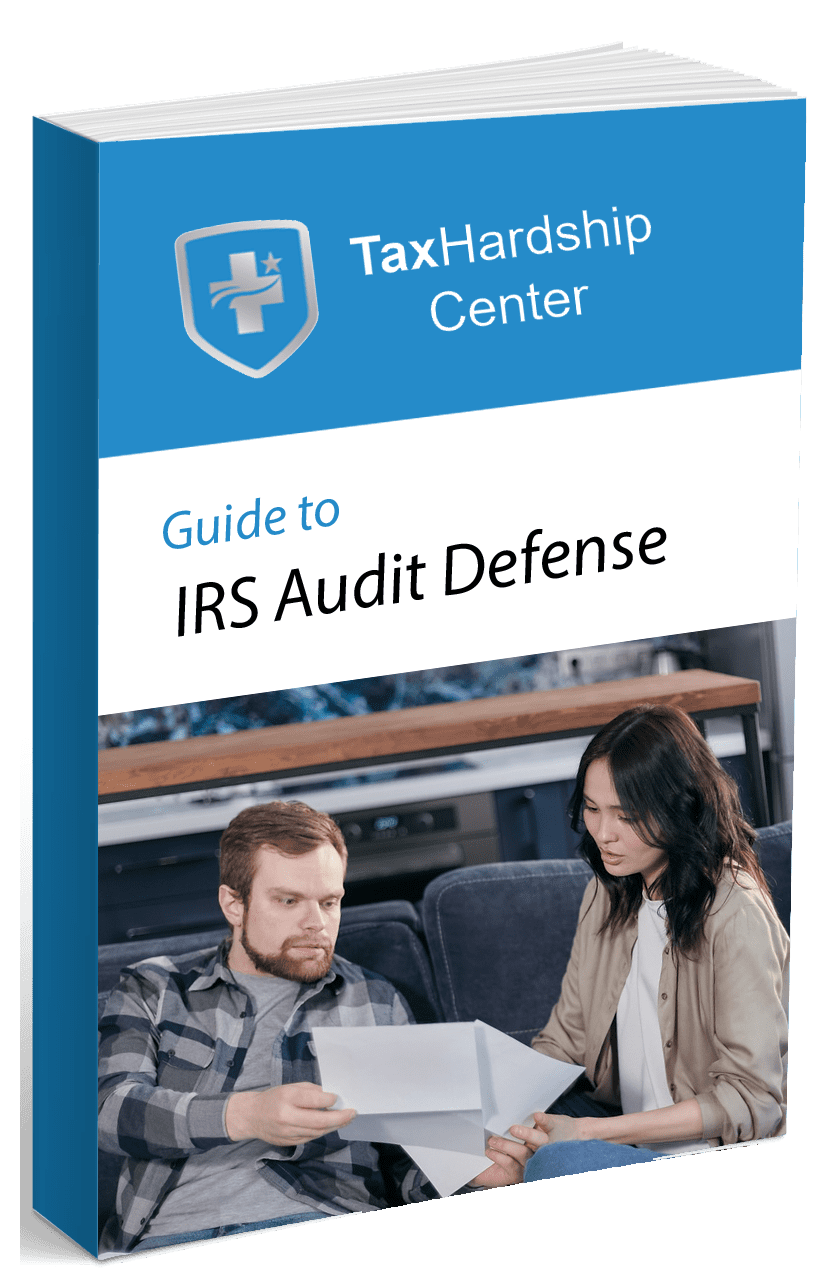Working two jobs taxes can sometimes feel like a puzzle if you aren’t prepared. Once you understand how to combine income, manage withholdings, and claim the right deductions, you can stay ahead of tax obligations. This guide helps you handle the forms, avoid unexpected bills, and keep more of your earnings while reducing guesswork. Whether your second job is part-time, full-time, or freelance, the principles are similar: track your pay, review your W-4, and understand how overall income affects your tax bracket. With organization and attention, filing for multiple jobs becomes far more straightforward.
How to File Taxes with Multiple Jobs
Can You File Taxes for Two Jobs Separately?
Some wonder if it’s possible to submit a separate tax return for each job. Typically, you cannot. The Internal Revenue Service (IRS) requires every taxpayer to file a single federal return that includes all income sources. If you have multiple W-2s or 1099s, you combine them into one Form 1040. The IRS needs a complete picture of your total taxable income to calculate your bracket, credits, and deductions properly.
How to File Taxes if You Have Two Jobs
When you receive two W-2s, include both in one tax return. Enter each employer’s name, wages, and withholding details. E-filing software allows you to add multiple W-2s easily. The crucial step is ensuring your total withholding meets what’s required for your combined income. If you find that you’re not withholding enough, adjust your W-4 by submitting a revised version to one or both employers.
Two Jobs at Two Different Times of the Year
If you worked one job from January to June and then moved to another from July through December, you will still end up with two W-2s. The process remains the same as if you worked both simultaneously—report both sets of wages on your return. Double-check your total withholding across both positions. Those who change jobs mid-year may overlook shortfalls in withholding if the second job deducts less tax than expected.
Multiple Jobs at the Same Time
Working two positions concurrently increases the likelihood of under-withholding. Each employer typically withholds tax based on the assumption that their job is your sole income source. To address this, use Step 2 of the Form W-4. If you have only two jobs, check the box that indicates this; if you have more than two or your incomes vary significantly, use the multiple jobs worksheet to accurately determine the additional tax to be withheld.
Freelance Work
Freelance or contract work often comes with a 1099-NEC or 1099-MISC instead of a W-2. In this case, you are considered self-employed for that income and must pay both the employer and employee portions of Social Security and Medicare taxes (known as self-employment tax). If you anticipate owing 1,000 dollars or more from freelance gigs, make quarterly estimated tax payments to avoid penalties.
Work With Our Team at Tax Hardship Center
Our specialists at Tax Hardship Center offer insights and strategies tailored to each taxpayer’s needs. We know that life events like job loss or minimal freelance work can still trigger legal or financial obligations. We also understand that refunds or credits might come into play, even when your reported wages are low or nonexistent. If you want personalized help with your tax filings, please visit:
https://www.taxhardshipcenter.com/
We focus on practical solutions so you can feel secure about your standing with the IRS. Our team strives to save you time and trouble, all while keeping you informed about your unique options.
Details to Check Before You File
Good organization simplifies tax season. Gather every W-2 or 1099 from your various jobs and ensure that the figures match your final pay stubs. Verify names, Social Security numbers, and addresses. If any information appears incorrect, contact the employer for a corrected form before filing.
Nonemployee Compensation
Nonemployee compensation (NEC) applies to those paid as independent contractors. Typically, you’ll use Schedule C to report earnings and deductible expenses, and Schedule SE to calculate self-employment taxes. Maintain detailed records of ordinary and necessary business costs—such as home office expenses, software subscriptions, and travel—since these can reduce your taxable self-employment income.
How Multiple Jobs Affect Your Tax Bracket
The U.S. tax system is progressive, with marginal brackets determining the tax rate on your income. If your combined income from all jobs crosses a specific threshold, the portion above that threshold is taxed at a higher rate. For instance, if each job alone wouldn’t push you above the 12 percent bracket but together they do, you’ll pay 22 percent on the income above the cutoff. Monitor your combined wages to avoid unexpected shifts into a higher bracket.
Common Tax Deductions if You Have Multiple Jobs
Tax deductions lower your taxable income. For W-2 employees, unreimbursed expenses generally aren’t deductible unless they qualify under special circumstances. However, if you earn contract or freelance income, you can deduct expenses on Schedule C as long as they are directly related to your work. Common examples include:
- Business use of a dedicated home office
- Mileage or travel expenses if essential for contract work
- Computer and software costs needed for client projects
- Internet and phone bills used for business purposes
Keep thorough records and receipts to substantiate these deductions if needed.
Do I Need to File Multiple State Tax Returns?
You may need to file multiple state returns if you live in one state and work in another or if you moved during the year. Some states have reciprocal agreements that allow you to pay income tax only where you reside, while others require nonresident returns if you earned money in their jurisdiction. Check your state tax authority rules or consult a professional to confirm.
Working Multiple Jobs Doesn’t Have to Be a Tax Headache
The key to managing multiple jobs is organization. Keep track of your pay stubs, W-2s, 1099s, and any documentation for deductions. If you determine that your second job might be under-withholding, submit an updated W-4 to correct the issue as soon as possible. This proactive step helps avoid a large tax bill when you file your return.
Federal Tax Guide for Part-Time or Second Jobs
Tax Implications of Working Multiple Jobs
Any new income source increases your overall earnings, which can push you into a higher tax bracket or necessitate additional withholding. Each employer only considers the information provided on your W-4, so if they are unaware of your other income, you risk underpaying your total tax. Use the multiple jobs worksheet or add an extra amount to your withholding on the higher-paying job to prevent this issue.
Understanding Your Pay Statement and W-2
Your pay stub details your gross pay, federal withholding, Social Security, Medicare, and possibly state or local taxes. These details are summarized on your W-2, which employers must provide by January 31. Compare your pay stubs to your W-2 carefully; any discrepancies in withholding or total wages should be addressed with your employer immediately to avoid filing errors.
W-2 Explanation
A standard W-2 includes several key boxes:
- Box 1: Wages, tips, and other compensation
- Box 2: Federal income tax withheld
- Box 3: Social Security wages
- Box 4: Social Security tax withheld
- Box 5: Medicare wages and tips
- Box 6: Medicare tax withheld
These figures are then transferred to your tax return. If you notice any errors, request a corrected W-2 (Form W-2c) from your employer.
Part-Time Income Tax
Part-time or seasonal jobs might withhold less tax from each paycheck, as employers often assume the income is too low to reach higher tax rates. However, when combined with income from other jobs, your total earnings might be significant. Always review your overall income to ensure sufficient withholding and avoid a shortfall at tax time.
Managing Tax Obligations with Multiple Income Sources
When you have several jobs, each employer withholds based solely on your individual job’s income. The best strategy is to concentrate extra withholding on the highest-paying job. Utilize the IRS Tax Withholding Estimator or the multiple jobs worksheet on Form W-4 to adjust withholding appropriately. If you also have freelance or contract income, set aside funds or make quarterly estimated payments to ensure you cover your tax obligations throughout the year.
How to File Taxes When You Have Multiple Jobs
Beware of Withholding Too Little
Under-withholding can occur when each employer assumes that their job is your only income source. For example, if two employers each pay you 25,000 dollars and withhold tax based solely on that amount, you could be under-withheld for the combined total. Use Step 2 on Form W-4—by checking the appropriate box or filling out the multiple jobs worksheet—to instruct employers to withhold the extra tax necessary for your combined income.
Be Careful Around Social Security Taxes
Employers must withhold Social Security tax (6.2 percent of wages) until you reach the annual wage cap (160,200 dollars in 2023). If your combined income exceeds that limit, you might overpay Social Security tax. Any excess can typically be claimed as a credit on your tax return. Note that Medicare tax (1.45 percent) continues on all wages without a cap, though high earners may face an additional Medicare tax on amounts over a set threshold.
When Should I Decrease My Withholding?
If you usually receive a large refund and prefer larger paychecks, you might decrease your withholding. However, be cautious not to reduce it so much that you owe money when you file. A slight adjustment can boost your take-home pay without risking an underpayment penalty.
I Want a Refund When I File My Tax Return. How Should I Complete the Redesigned Form W-4?
To aim for a refund, follow the instructions on the form without making drastic changes that cut your withholding. Some taxpayers even add an extra amount in Step 4(c) to ensure a larger refund. Remember, though, that a refund means you’re effectively giving the government an interest-free loan.
Why Do I Need to Account for Multiple Jobs (Step 2)?
If you have several jobs and do not inform your employers about your other income, each one will withhold tax as if it were your only source of wages. Step 2 of the form is designed to help align your total taxable earnings so that the withholding more accurately reflects your combined income.
Which Option in Step 2 Should I Use to Account for My Multiple Jobs?
For individuals with two jobs, checking the box on each W-4 might suffice. However, if you have three or more jobs or if the incomes vary significantly, using the multiple jobs worksheet will likely yield a more accurate withholding amount on the highest-paying job’s W-4.
Tax Tips When Filing for Multiple Jobs
Tip #1: Set Aside Extra Money to Prepare for Potential Tax Liabilities
Rather than constantly updating your W-4, consider placing a portion of each paycheck into a dedicated savings account. This reserve can cover any tax shortfalls at filing time, and if not needed, it bolsters your savings.
Tip #2: Understand How a Second Job May Affect Your Tax Bracket
Additional income could push you past the cutoff for your current tax bracket. Only the income above that threshold is taxed at a higher rate, so knowing your likely total annual wages can help you plan for any extra tax obligations.
Tip #3: Complete the W-4 Form Accurately, Especially the Multiple Jobs Section
Skipping Step 2 on Form W-4 when you have multiple jobs increases the risk of under-withholding. Whether you check the box or use the worksheet, accurately completing this section is crucial to ensuring your withholdings are appropriate for your combined income.
Tip #4: Update Your W-4 Form if Your Job Situation Changes
When you change roles, work more hours, or move to a higher-paying position, your total annual income shifts. Update your W-4 promptly to reflect these changes so that your withholding continues to match your tax obligations.
Two Full-Time Jobs
Using the W-4 Calculator Tool
The IRS provides a Tax Withholding Estimator on its website. By answering questions about wages, deductions, and other income, you can adjust your W-4 to achieve a desired outcome—whether that’s a small refund or breaking even at tax time.
Preparing Each W-4 Knowing You Have Two Jobs
If both positions are full-time, you will likely check the “two jobs” box on each W-4 or use the multiple jobs worksheet if the salaries differ noticeably. You can also request a specific extra withholding amount from the higher-paying job in Step 4(c) to improve accuracy.
Option 1: Check the Box in Step 2 on Each Employer’s W-4 Indicating You Have Two Jobs
This straightforward approach may sometimes lead to over-withholding if there is a large disparity in pay between the two jobs. While this results in a larger refund, it also means receiving less in each paycheck.
Option 2: Use the Multiple Jobs Worksheet to Increase Federal Withholding on the Higher-Paying Job
This option requires more calculation. Enter each job’s salary, determine the additional withholding needed, and instruct your higher-paying employer to withhold that extra amount. This method helps balance your withholding so that you neither owe a large sum nor overpay significantly at tax time.
Would Getting a Second Job Affect My Taxes?
Understanding Marginal Tax Rates
The term “marginal rate” refers to the tax rate you pay on your last dollar of income. If your income increases from the 12 percent bracket to the 22 percent bracket, only the amount exceeding the 12 percent threshold is taxed at 22 percent. The remainder of your income continues to be taxed at lower rates. Understanding where you stand helps you plan for potential changes in tax liability.
Impact on Tax Refunds
Your tax refund is determined by the difference between the tax you paid and your overall tax liability. If your second job withholds enough tax, you may still receive a refund. If not, you might owe money when you file your return. Some taxpayers prefer a larger refund, while others opt for higher take-home pay, accepting a balance due at filing time.
Considerations for Withholding and Tax Liability
- Periodically review your pay stubs to ensure your withholdings align with your income.
- Factor in additional taxes if you have freelance or self-employment income.
- Monitor Social Security wage caps to avoid overpayment.
- Be aware that high earners may owe Additional Medicare Tax on wages exceeding certain thresholds.
Conclusion
Working two jobs or adding freelance gigs can boost your finances, but it requires careful attention to taxes. By reviewing your total annual earnings, updating your W-4, and monitoring your tax bracket, you can avoid unpleasant surprises when it’s time to file. Keep all your documents—W-2s, 1099s, and receipts for deductions—well organized. When your job situation changes, update your withholding immediately. This proactive approach helps maintain your financial health and allows you to focus on your goals without unnecessary tax worries.
Why Tax Hardship Center?
1. Hassle-Free Assistance:
Say goodbye to sleepless nights and endless tax-related stress. At the Tax Hardship Center, we believe in simplifying the complex. Our team of experts is dedicated to guiding you through every step of the process, ensuring that your tax concerns are met with precision and care.
2. 14-Day Money Back Guarantee:
We’re so confident in our ability to ease your tax worries that we offer a 14-day money-back guarantee. If you’re not satisfied with our service for any reason, we’ll gladly refund your investment. Your peace of mind is our top priority!
3. Free Consultation:
Are you curious about how we can transform your tax experience? Book a free consultation now! Our team will assess your situation, answer your questions, and provide free insights tailored to your needs.
4. Nationwide Coverage:
No matter which corner of the United States you call home, the Tax Hardship Center covers you. We proudly serve all 50 states, bringing our expertise to your doorstep. Wherever you are, our commitment to excellence follows.
FAQs
1. Do I need to file a second tax return for my extra job?
You file just one federal tax return per year, reporting all income sources (whether they’re W-2 or 1099). Each job’s data is merged into a single 1040 form.
2. Can I claim deductions for both jobs?
For W-2 employees, many job-related expenses aren’t deductible unless specific conditions apply. If you’re self-employed for one of your jobs, you can deduct legitimate business expenses on Schedule C. Detailed records are essential for substantiation.
3. What if I overpay Social Security tax with two jobs?
Each employer withholds Social Security tax up to the annual wage cap. If your combined wages exceed that limit, you can typically recoup the excess as a credit on your tax return.
4. How can I avoid owing a lot when I file?
Use the IRS Tax Withholding Estimator to assess your current W-4s. If necessary, adjust to withhold extra at the higher-paying job, and consider quarterly estimated tax payments for freelance income.
5. Is it better to have more or less withheld on each paycheck?
That depends on your financial goals. More withholding might result in a larger refund, while less withholding means more money in your paycheck but could lead to a tax balance due at filing time. Choose the strategy that best fits your budgeting style.








